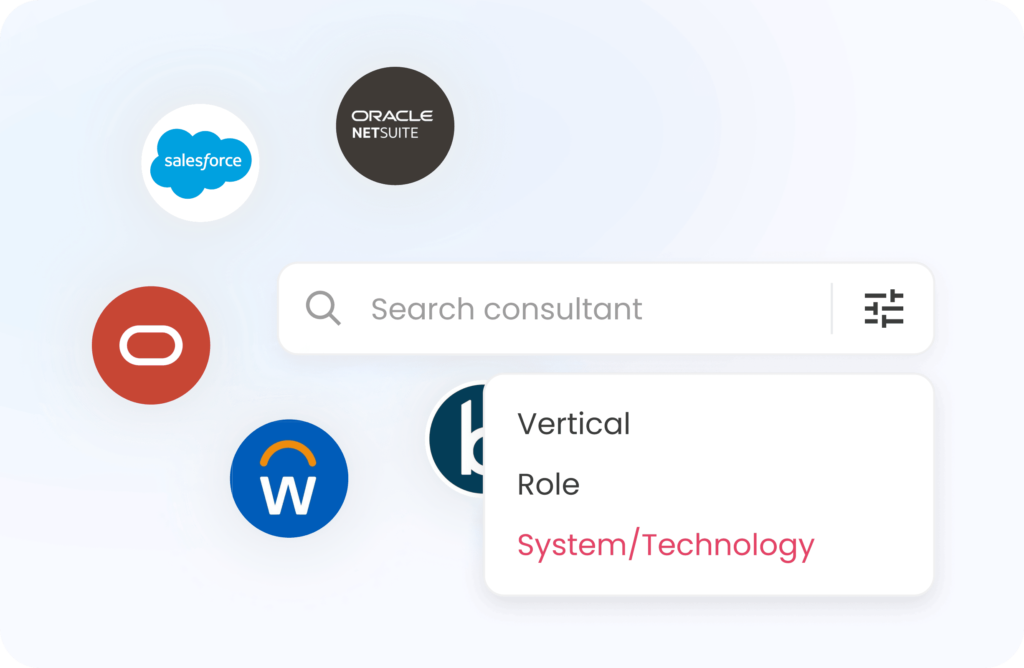
The accounts payable process is necessary for running a business, but it can often be tedious, time-consuming, and heavy paperwork. Fortunately, with the right automation tools, you can streamline this process and make your life much easier. Let’s look at how accounts payable automation can help you save time and money.
What Are Accounts Payable?
Accounts payable is the process of managing company money that’s owed to vendors, suppliers, and other external parties. This includes tracking invoices, due payment dates, and payment records.
Accounts payable (AP) are an important part of the accounting process from the perspective of a business or organization. Accounts payable represent debts a company owes to its creditors and suppliers for goods or services purchased on credit. This type of debt must be paid in full before other expenses are paid, typically within 30-90 days of an invoice being issued. Managing accounts payable effectively is crucial for proper cash flow management and optimal financial health for companies and organizations.
What is Accounts Payable Automation?
Accounts payable automation is the use of technology to streamline and automate the tracking, management, and payment of accounts payable. This includes using software tools to track invoices, record payments and due dates, set up automated payment notifications, generate reports for financial analysis, and more. Automation can also reduce manual errors associated with manual data entry, such as incorrect invoice numbers, duplicate invoices, or miscategorized payments.
Nowadays, Accounts Payable Automation is increasingly seen as a must-have for small and large businesses. Accounts Payables used to be an area rife with manual work involving tedious data entry and reconciliations. Still, now by leveraging automated tools such as Artificial Intelligence and Machine Learning, companies can take control of their accounts without putting a strain on their resources. Automated accounts payable processes lend themselves to far better accuracy and reliability than manual methods, thus helping companies reduce the amount of time they spend on manual data entry while also recognizing potential invoicing problems before they become too large or costly.
What Are the Benefits of AP Automation?
Accounts Payable Automation helps organizations reduce time, improve accuracy, and increase efficiency in their accounts payable processes. It can also save money by reducing manual data entry, eliminating errors, and improving cash flow management. Let’s take a look at the benefits of accounts payable automation.
Reduce Manual Data Entry
Accounts payable automation eliminates manual data entry by utilizing automated systems to capture and store data. This eliminates the need for employees to manually enter information, which significantly reduces the potential for errors. With automated systems in place, you can easily access, update, and store your accounts payable information in one secure location.
Improve Accuracy
Manual data entry also increases the potential for human error, which can lead to costly mistakes. Automated systems help reduce these risks through real-time data validation as it is entered into the system. In addition, automated systems utilize advanced algorithms to identify discrepancies between invoices and purchase orders that would otherwise be difficult to detect manually.
Improve Cash Flow Management
Automated systems also help improve cash flow management by giving companies better visibility into their financial positions. Automated systems provide real-time updates on payment status so that companies can make informed decisions about when to pay suppliers or vendors based on available funds or credit limits. In addition, automated systems can be used to generate reports that provide detailed insights into an organization’s spending habits over some time and alert managers when payments are overdue, or past due amounts reach certain levels.
Improve Business Relationships
Accounts payable automation can also help businesses improve supplier and vendor relationships. Automated systems provide real-time notifications when payments are due, providing vendors and suppliers with the timely information they need to manage their cash flows. In addition, automated systems provide transparency into an organization’s payment status so that vendors don’t have to inquire about payments or wait for payment. This can help strengthen relationships and build trust between vendors and organizations.
How to Automate Accounts Payable?
Automation is a powerful tool for streamlining processes in any business. Automating accounts payable, or AP, is no exception. Automating your AP process can save time and money, reduce manual errors, and ensure that bills are paid on time. This blog post will look at the step-by-step process of automating accounts payable.
Step 1: Set Up a Digital Payment System
The first step in automating your AP process is to set up a digital payment system. This could be an online payment processor or a cloud-based accounting system like NetSuite. The important thing here is to make sure it’s easy to use and integrates with other systems you use for tracking payments and expenses.
Step 2: Establish Electronic Invoicing
Once your digital payment system is set up, the next step is to establish electronic invoicing. This means sending out invoices using an automated system that integrates with your digital payment system. You should also be able to track payments through this system to know when invoices have been paid or not paid on time.
Step 3: Track Expenses with Software
The third step in automating accounts payable is to track expenses with software. This could be done with an expense tracking app or a more comprehensive accounting software program like NetSuite or Xero. This software can help you track all your expenses to better manage your budget and cash flow. It can also help streamline the entire AP process by automatically categorizing expenses and reconciling them against invoices received from vendors.
How to Determine the Best Accounts Payable Automation Software for Your Business?
Automating your accounts payable process can save your business time and money. But how do you know which software is the best fit for your needs? There are a variety of different accounts payable automation software programs on the market, each with its advantages and disadvantages. Next, we’ll go over some key factors you should consider when choosing an accounts payable automation software for your business.
Cost
The cost of any software will be one of the biggest considerations when making your decision. Different vendors offer different pricing models, so compare prices to get the best value for your money. Also, consider if there are any additional costs, such as implementation fees or training costs, that may not be included in the initial cost of the software.
Functionality
Another key factor to consider is what features and functionalities are included in each product. Make sure that the features offered by each product meet your needs and that it meets all of your requirements. For example, does it have a multi-language interface? Does it include document management capabilities? Does it have built-in analytics tools? All these questions should be answered before making a final decision.
Integrations
An important factor to consider is how well a particular piece of software integrates with other systems within your organization. If you already use other systems, such as enterprise resource planning (ERP) or customer relationship management (CRM), then make sure that they can easily integrate with whatever accounts payable automation software you choose. Additionally, make sure that it can integrate with existing bank accounts and credit cards so you can easily manage payments without having to enter them into multiple systems manually.
Scalability
Finally, consider the scalability of any accounts payable automation software you may be considering. As your business grows, will the software be able to scale with it? Make sure that it is capable of handling larger volumes of data and transactions as your business expands. Additionally, look for features that allow for greater customization so you can tailor the system to fit your specific business needs.
By considering all of these factors, you should be able to determine the best accounts payable automation software for your business.
Accounts Payable Automation with NetSuite
Time is money—and that’s especially true when it comes to accounts payable automation. Manual accounts payable processes can be slow, error-prone, and inefficient. Fortunately, NetSuite offers an automated accounts payable solution that can help businesses streamline their accounts payable process and save money in the long run. Let’s take a look at how NetSuite helps businesses automate their accounts payable systems.
What Is NetSuite?
NetSuite is a cloud-based software solution that allows businesses to manage their financial transactions from anywhere in the world easily. It eliminates the need for manual data entry by automating time-consuming tasks such as invoicing, payments, and reconciliation. All of these features are available through a secure web interface, allowing users to access their account data on any device with an internet connection. This makes it easy for businesses to stay up to date on their finances even when they’re away from the office.
How Does NetSuite Help with Accounts Payable Automation?
NetSuite simplifies the entire process of managing accounts payables, from submitting invoices to making payments and reconciling bank statements. Businesses can easily enter invoice information into the system and then use NetSuite’s automated payment processing feature to generate payments based on due dates or supplier preferences quickly. This saves time and reduces errors associated with the manual entry of invoice data and payments. In addition, its integrated bank reconciliation feature ensures accuracy by providing real-time updates on all incoming funds and outgoing payments.
NetSuite also offers powerful reporting options that allow users to quickly assess account balances, track expenses over time, and stay up to date on current liabilities. This makes it easy for businesses to track spending patterns across departments or locations and identify areas where improvements can be made to reduce costs or improve efficiency.
Conclusion
Accounts payable automation is the wave of the future. If you are still using paper to manage your accounts payable, it’s time to switch to an automated system. Accounts payable automation is essential for businesses that want to manage their finances efficiently. NetSuite makes it easy to automate accounts payable processes with its secure cloud-based system, automated payment processing, and integrated bank reconciliation features.







